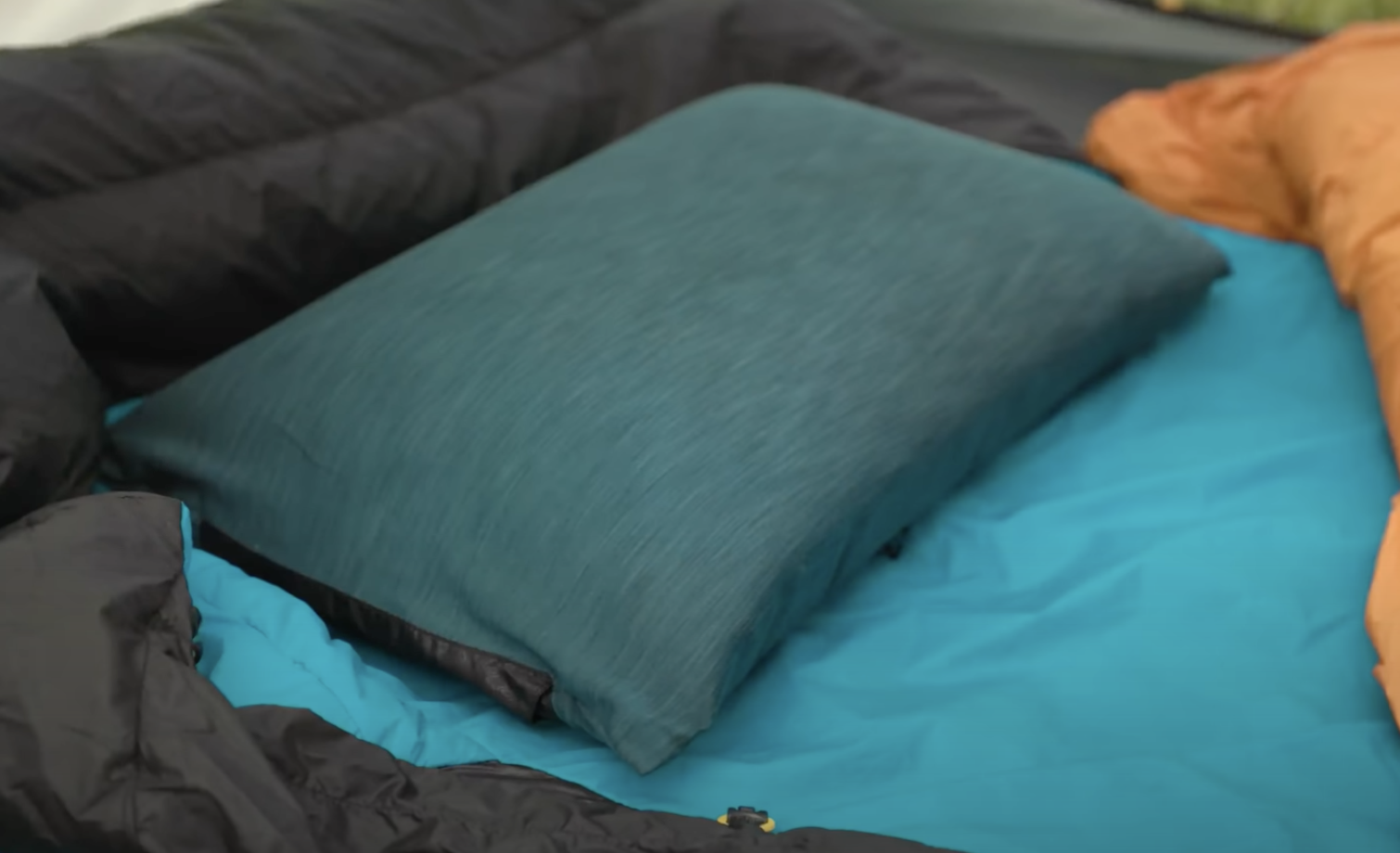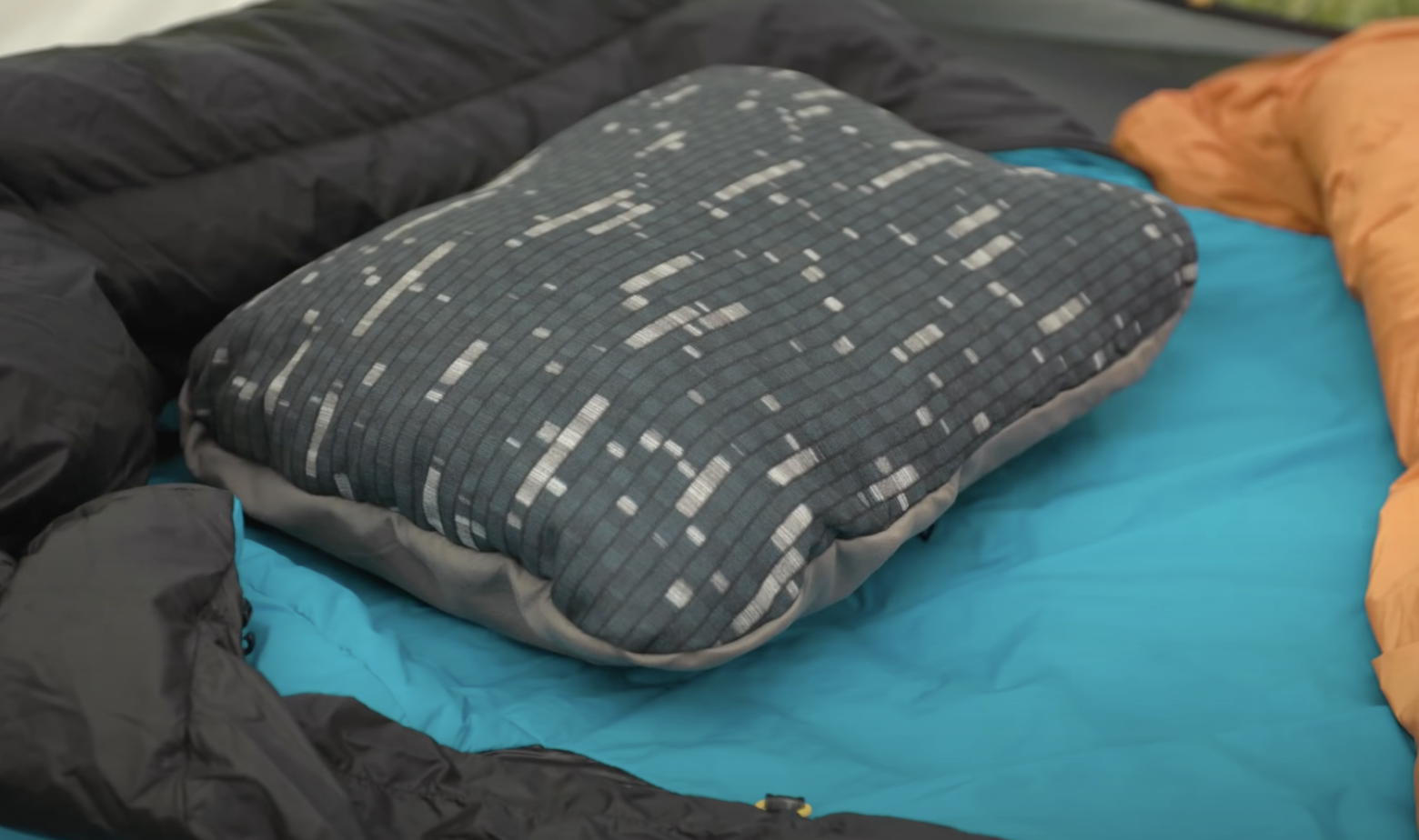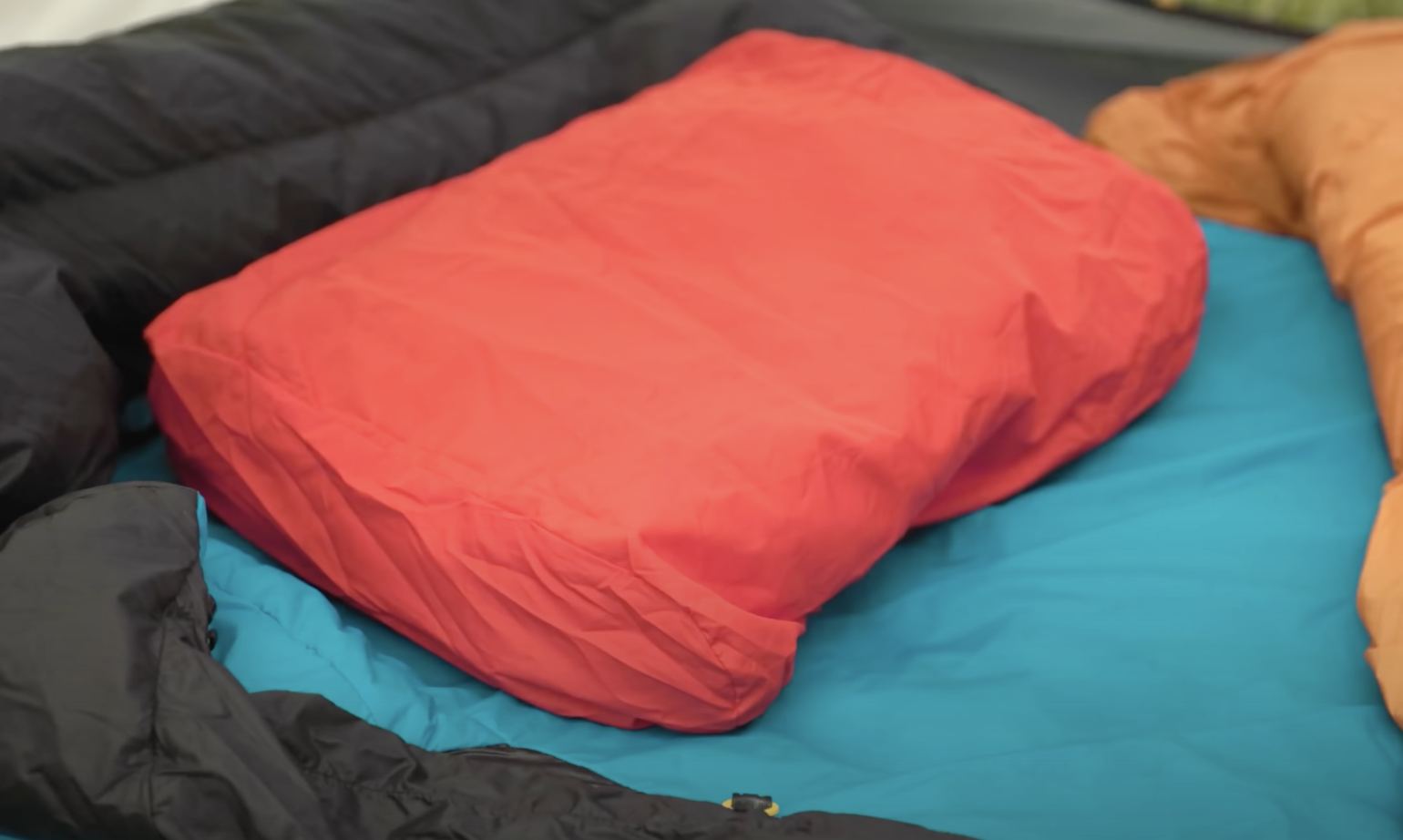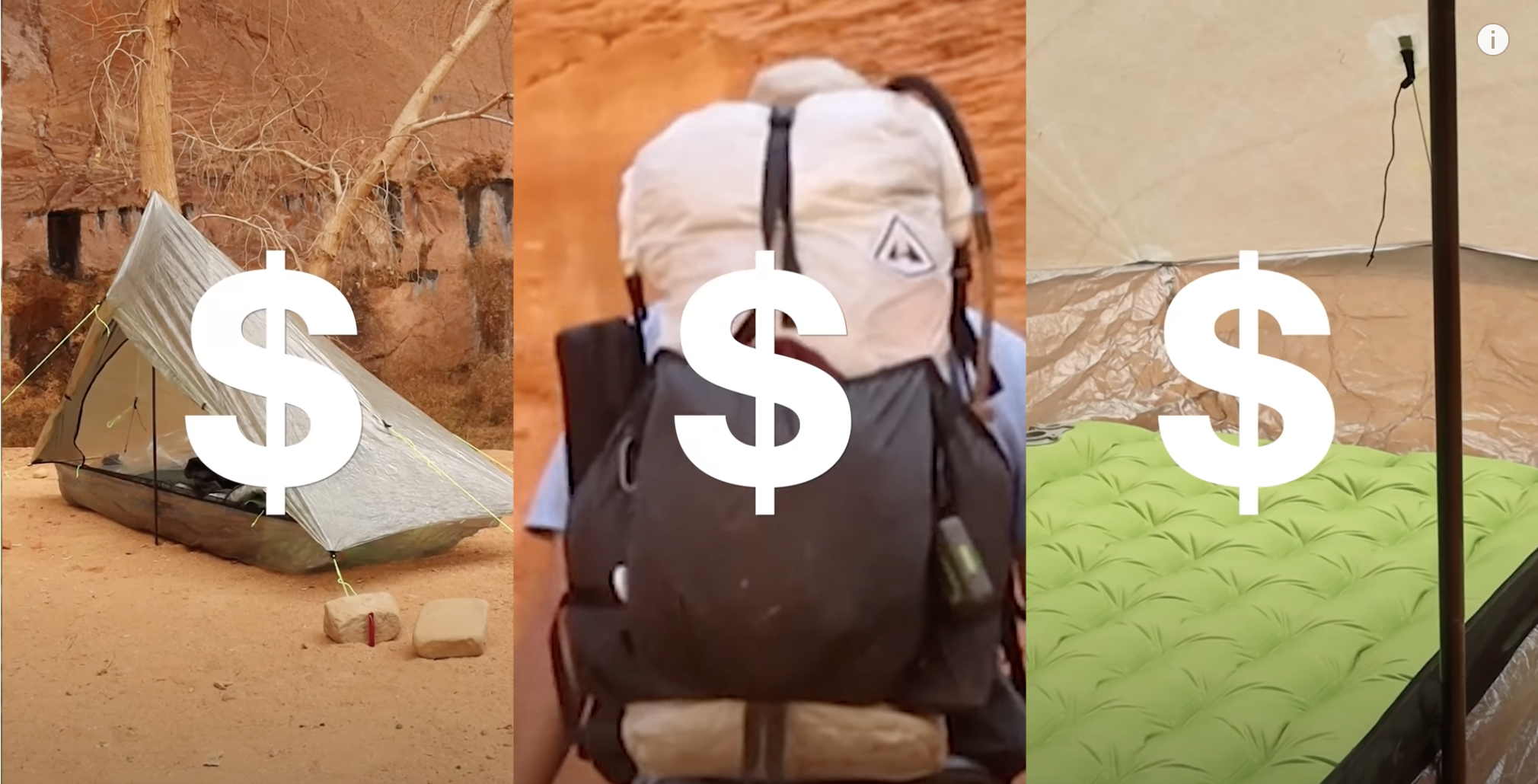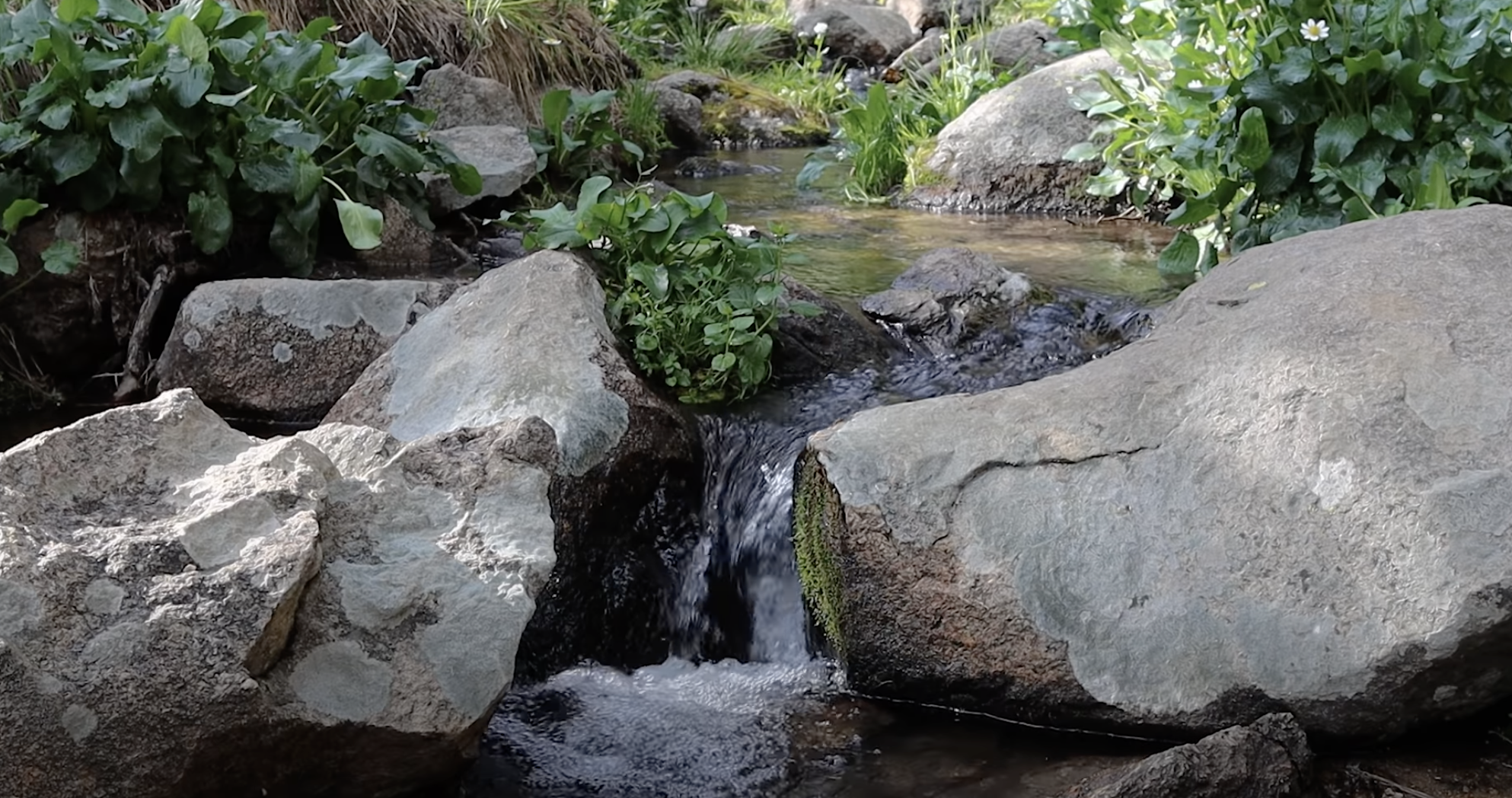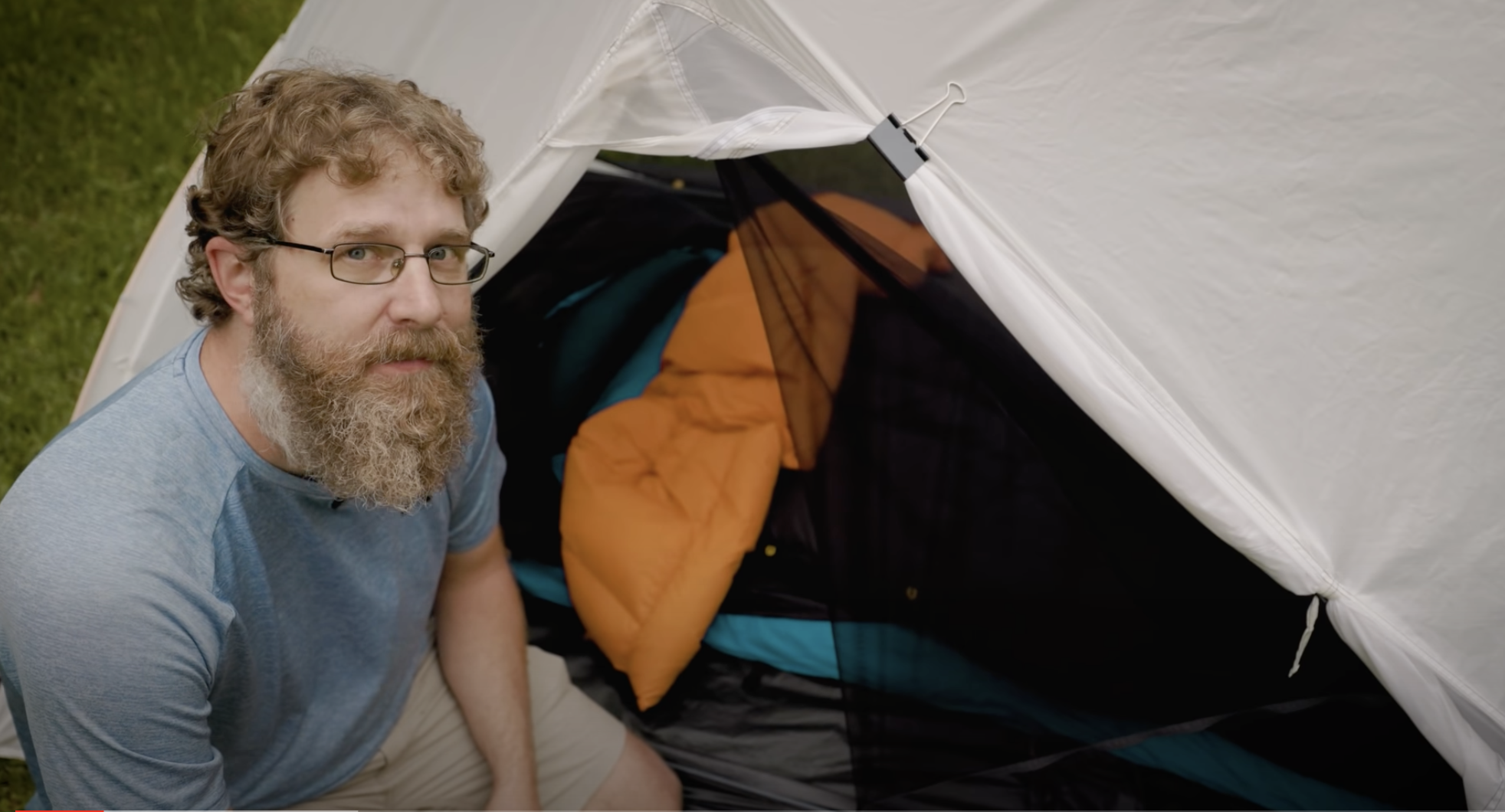
The KEY to Great Sleep Outdoors
What is the worst part about backpacking? I think most people would say it’s the sleep. I don’t know what it is, but I can hike all day long, be utterly exhausted from a hike … and still sleep like crap.
And it’s not right. So, this year I made it my mission to figure out how to get great sleep in the backcountry. And I think I may be on to something.
So that’s what this post is all about: The key to great sleep in the backcountry.
Sleeping Pad
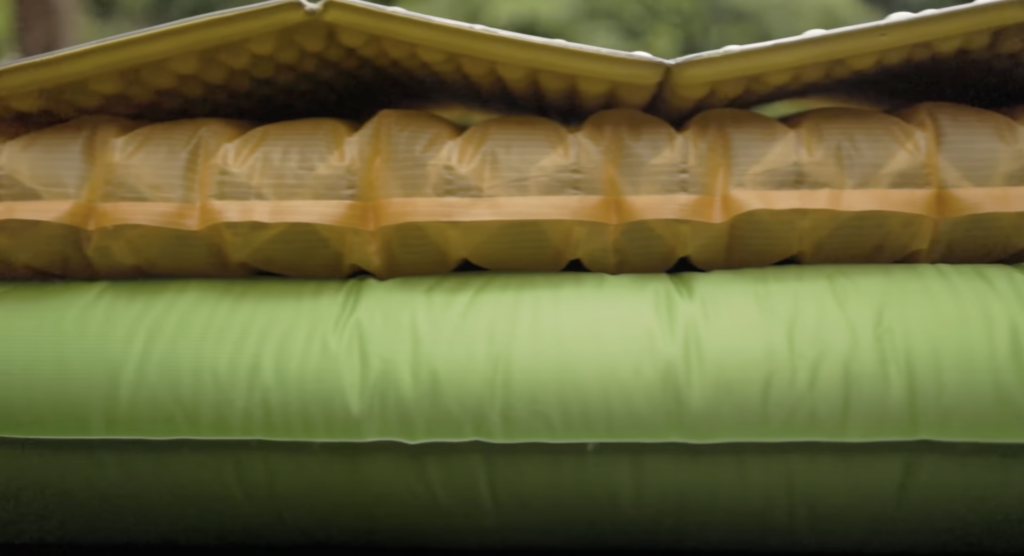
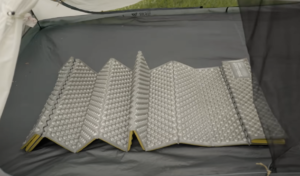
First things first, you have to have the right sleeping pad. I figured out a long time ago that I needed a thicker mattress, and to a certain extent, I feel like that’s a given—that the thinner an air mattress is, the worse it’s going to feel. So, if you are still sleeping on one of those closed, foam pads, what are you doing?
Air mattresses are not only more comfortable, they can actually be a bit warmer, and they pack up smaller. So get an inflatable sleeping pad.
But you probably already knew that. The mistake I made early on was buying a pretty expensive inflatable pad, and thinking that, because it cost a lot of money, that it was automatically going to make me sleep better.
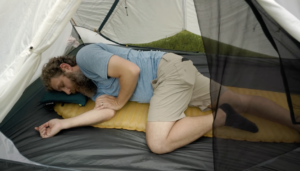
It took me years to realize not only do you need to go thicker, but you also need to go wider for two main reasons. First off, I’m a side sleeper, and for me the most comfortable sleep is when I can turn over on my side and extend my knee out. That is the most comfortable position for me, and on a 20-inch pad, my knee just doesn’t fit.
But even if you sleep on your back, the problem with a narrow pad is that your arms are constantly falling off the side. Which means you either have to sleep with your arms falling lower than your back, or you have to fold them up on your chest like you’re lying in a coffin.
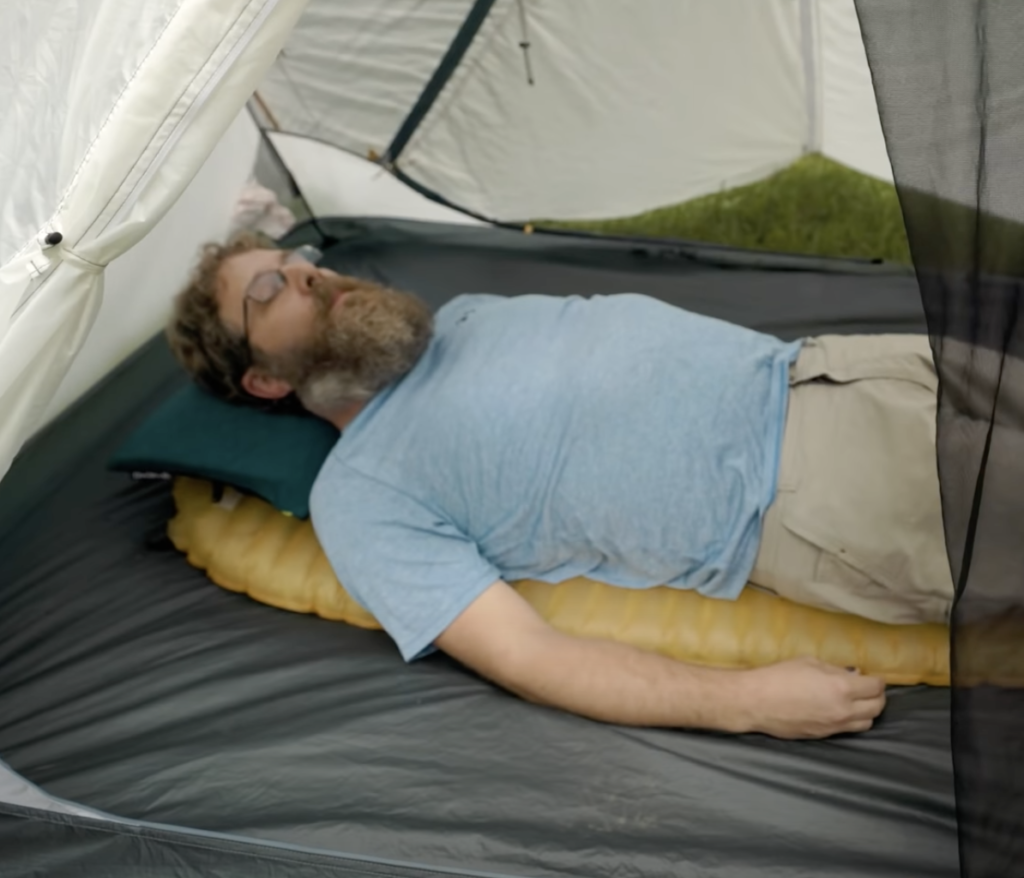
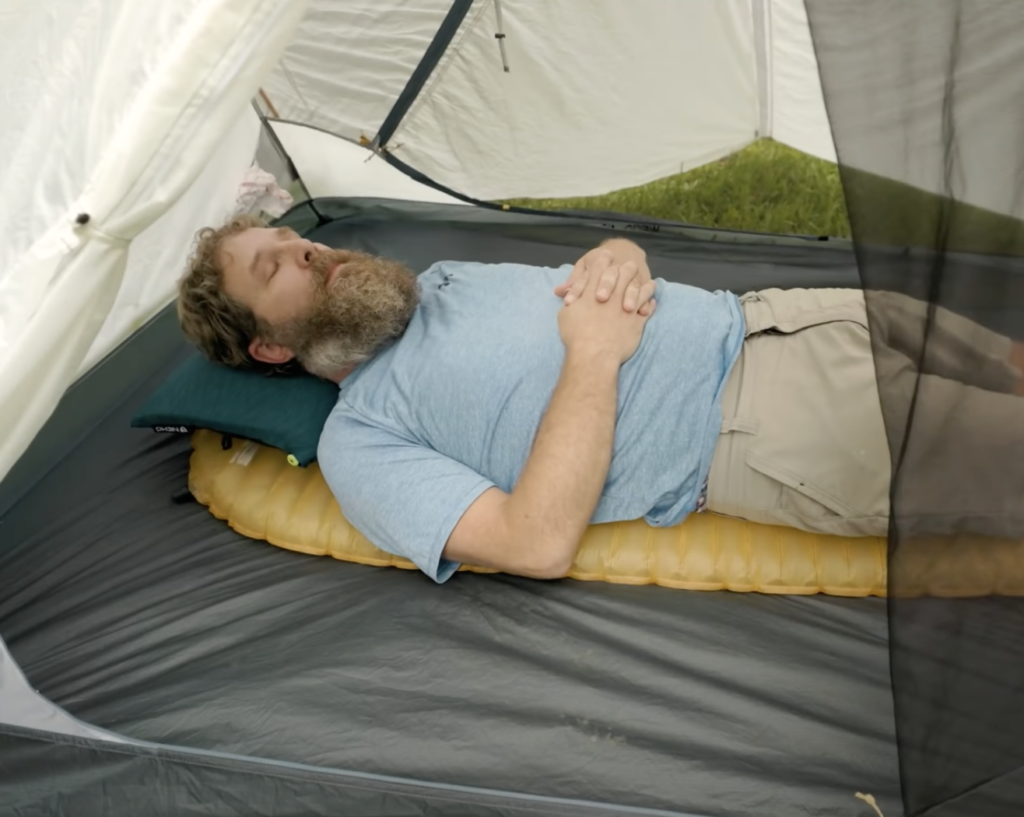
Either way isn’t the best sleep. So the first thing you really need for great sleep in the backcountry is a thick and wide air mattress.
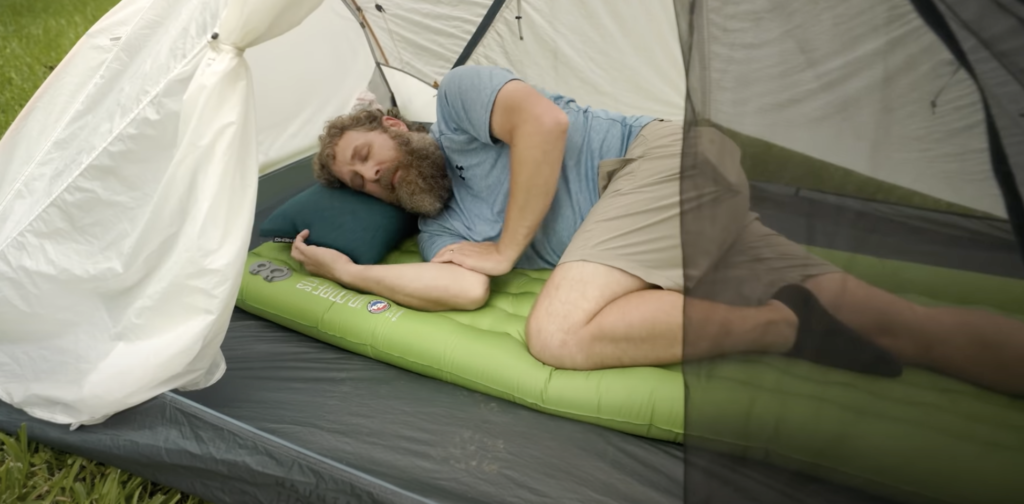
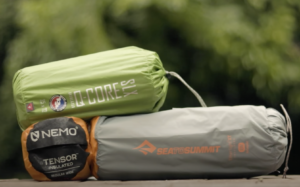
With that in mind, I have spent the last several months testing multiple sleeping pads including the new Nemo Tensor Insulated, the Seat To Summit Ether Light and the Big Agnes Q-Core sleeping pads. All of these are really great and comfortable options for good sleep in the backcountry.
I have found the Tensor has the best warmth for a comfortable pad and the Ether Light is the best compromise between warmth and comfort. The Big Agnes Q-Core is the most comfortable pad I have used, but is a little bit on the cold side, feeling even colder than its ATSM R-value of 3.2.
Bedding
Now you can’t rely on an air mattress alone; you also need some sort of bedding. Most people assume if you are camping, you need to use a sleeping bag. But a sleeping bag isn’t really the best choice if good sleep is your goal.
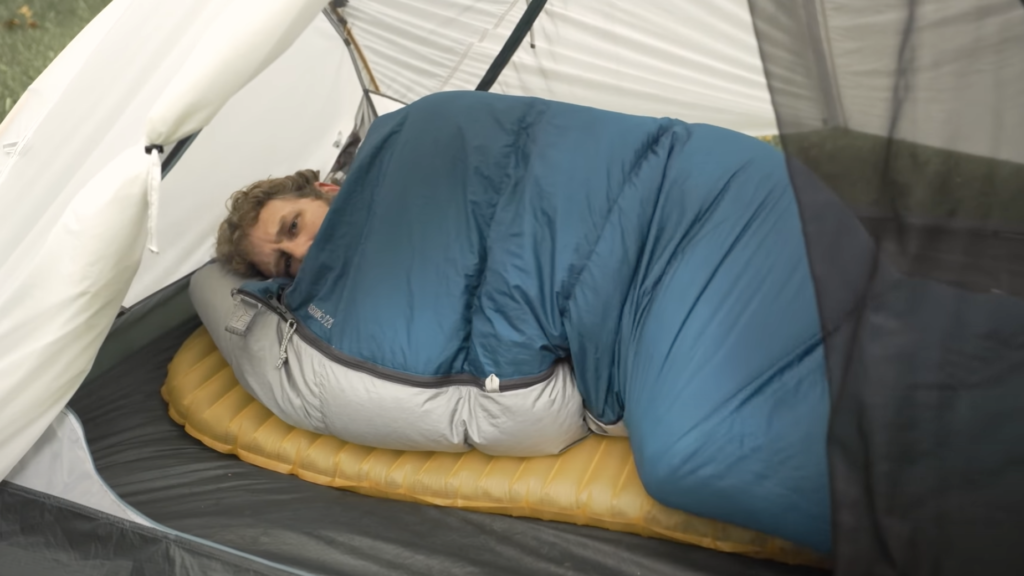
Sleeping bags are restrictive. It just isn’t natural to sleep wrapped up like a cocoon, where, if you wanted to turn on your side and extend your knee the way I do, it’s much more difficult. Not only that, but 50% of a sleeping bag is wasted weight.
For all these reasons, a quilt is a much better option for comfortable sleep. Quilts work more like blankets. They allow you to move around and toss and turn in the night. You can stretch out and sleep on your side, all without feeling constricted.
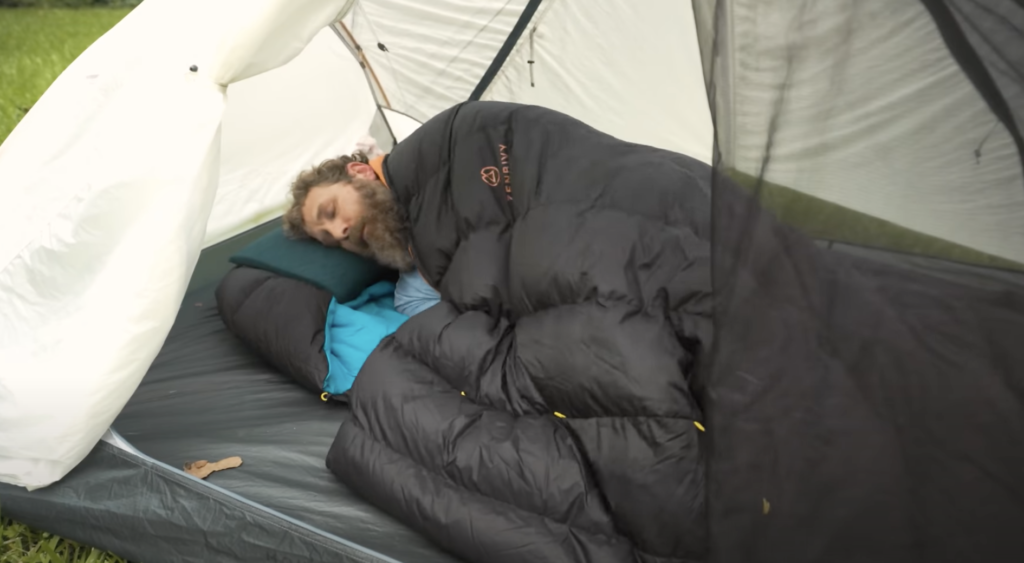
But the only problem with quilts is that you are sleeping directly on your sleeping pad, which isn’t the worst, but the most comfortable quilt setup I have used is the Zenbivy Light Bed sleep system.
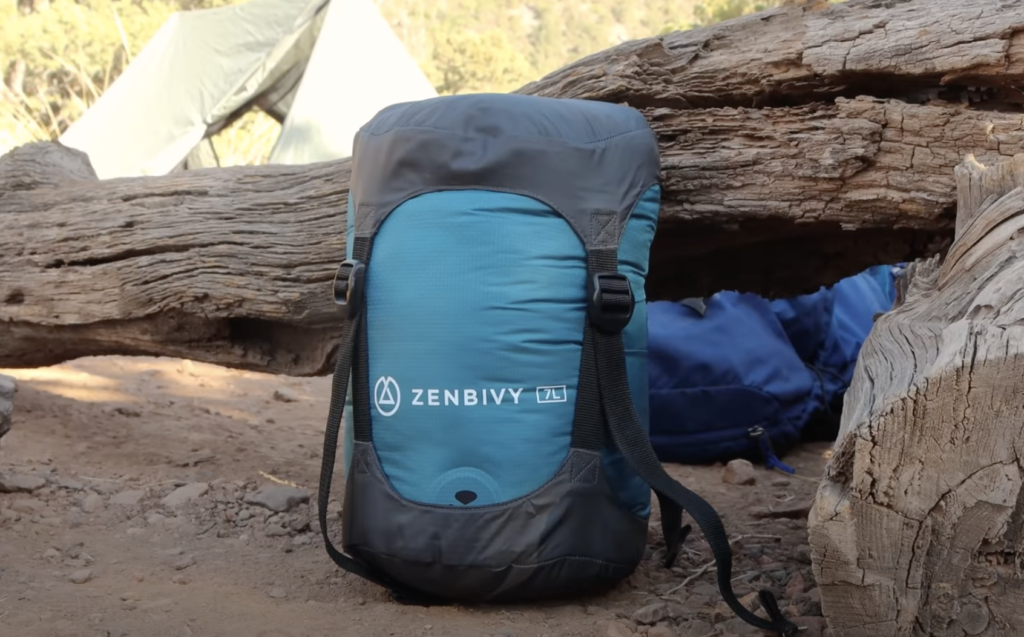
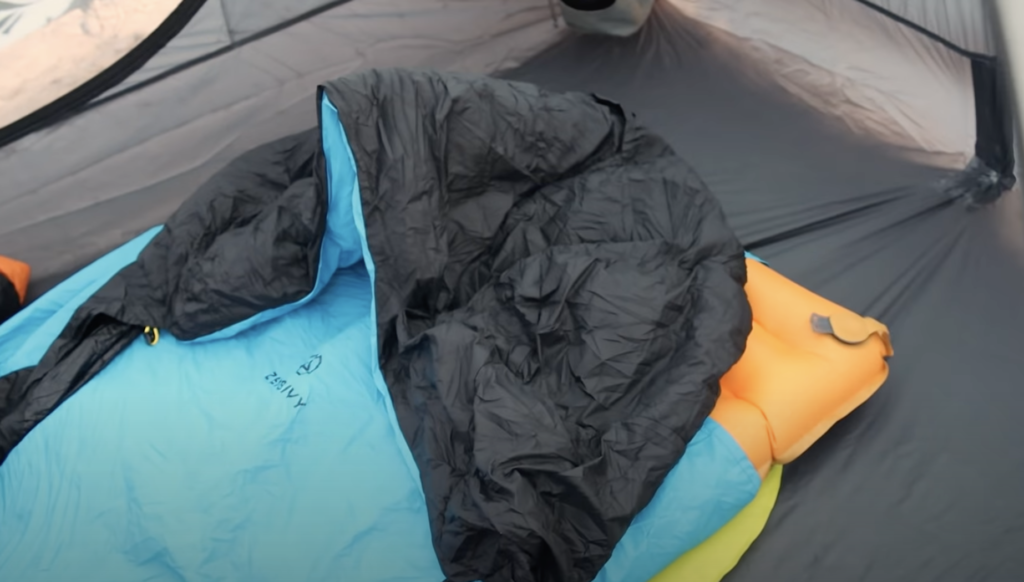
This thing is not only a quilt ,but it’s also a sheet that goes over your air mattress. That way you don’t have to sleep straight on the pad. You have this nice, comfortable sheet that makes your whole setup more like a bed.
Unlike regular quilts, The Zenbivy sheet has a built-in hood that not only helps keep your head warm, but also will hold your pillow in place.
One of the most frustrating things about sleeping in the backcountry is that your pillow has a tendency to slip out from underneath your head. But the hood on the Zenbivy holds it exactly where you want it.
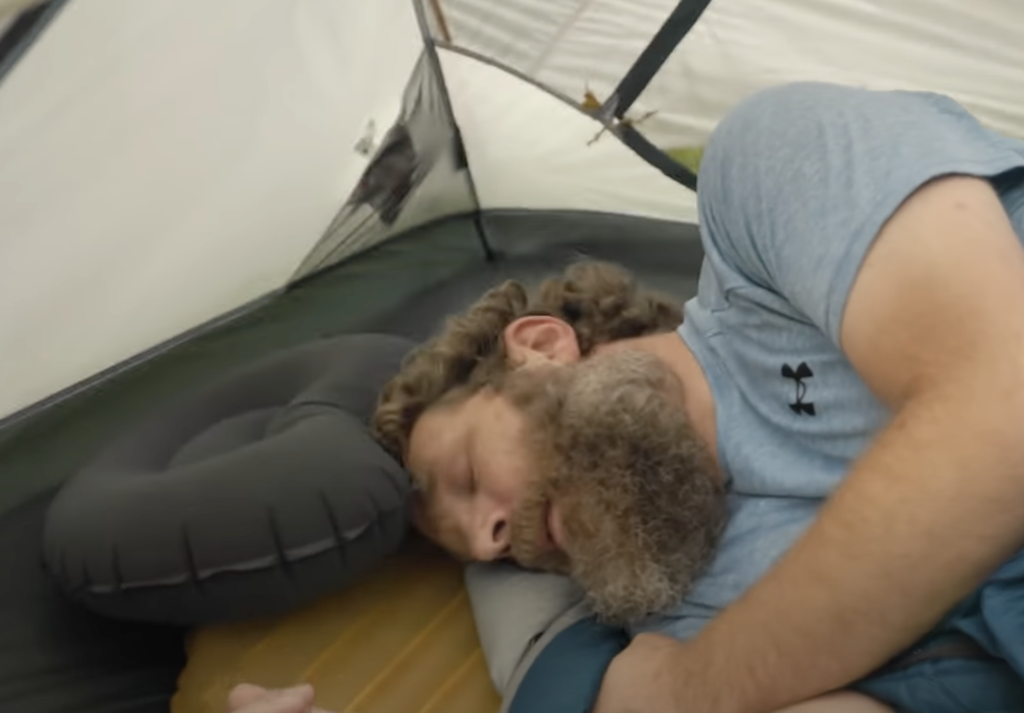
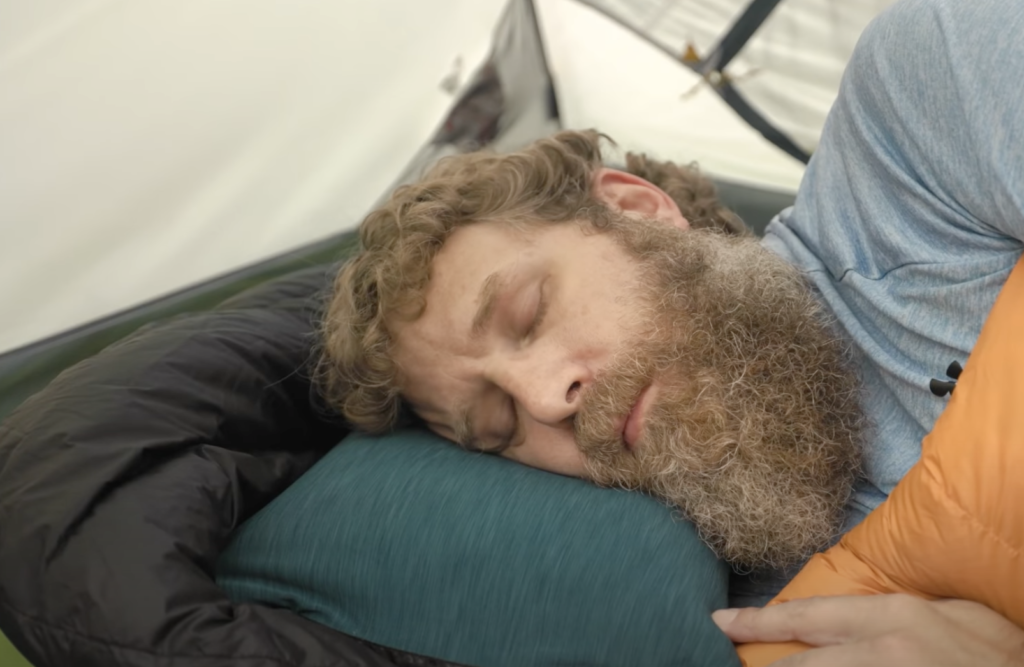

Speaking of which, the sheet also has this series of hooks and loops that work to keep your quilt in place without feeling constrictive.
Now a lot quilts have pad straps to help keep the quilt in place, but there are usually only one or two straps at most, and if you are tossing and turning in colder weather, you’re much more likely to pull the quilt up in a way that can let in a draft. The Zenbivy has multiple loops to hold the quilt in place, making it much less likely that you will feel a draft in cold weather.
So, if you want the best sleep in the backcountry, ditch the sleeping bag and go for a quilt.
Pillow
A great sleeping pad and quilt are important parts of good sleep in the backcountry, but I’ve been using them for some time, and still wasn’t getting the best sleep. So I started really paying attention to what made me comfortable at home in my bed, and I realized that the main thing I was missing was a really good pillow. For years I’ve been using a stuff-sack filled with extra clothes or an inflatable pillow, like this pillow from REI, and more recently, the Outdoor Vitals pillow …
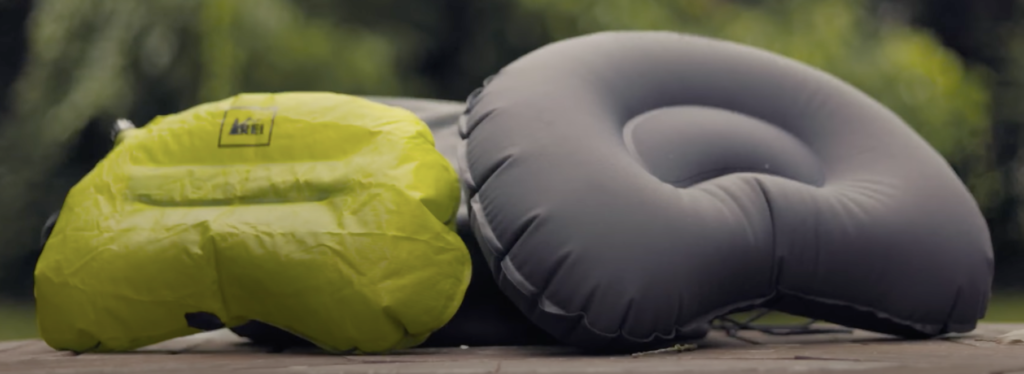
… all of which suck for good sleep.
Once I realized that my pillow at home was the key to good sleep, I started trying a bunch of different high-end pillows. I tried the Nemo Fillow, the Sea to Summit Aeros Premium Pillow, the Therm-a-rest Compressible Pillow, the Zenbivy Inflatable Pillow …
… and as I switched to these better pillows, I realized this is what I’ve been missing all these years. That the key to really good sleep in the backcountry is a really good pillow. And it’s not inflatable pillows you need to really get the sleep you want; you need some extra cushion on that pillow, which is why out of all the pillows I’ve tried, my favorite is the Nemo Fillo.
The Fillo is an inflatable pillow with a nice, thick cushion on top. This helps it stay lightweight, but still comfortable. It doesn’t squish your ears as much as a purely inflatable pillow does. I really didn’t think I would like the Fillo. When I started trying different pillows, I really thought the Therm-a-rest Compressible Pillow would be my favorite, because it’s the most like a real pillow. But what I have found is that it just doesn’t loft enough; that to stay compressible and small enough to be practical, the cushion just compresses under the weight of your head, and before long, becomes too flat to get great sleep.
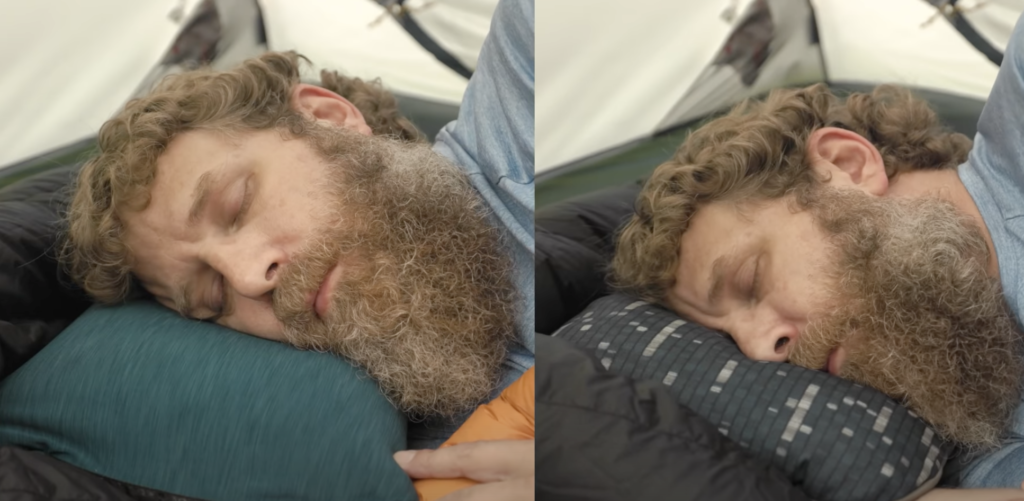
The Fillow will never compress under the weight of your head because it’s inflatable, but still has that cushion to relieve pressure off your head and especially your ears.
So, I really do believe if you want the best sleep you can possibly have while in the backcountry, you need a wide and thick sleeping pad, you should switch your sleeping bag out for a quilt, but the key to great sleep is a great pillow.
Temperature Control
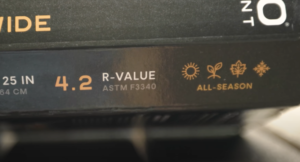
But none of that matters if you’re freezing to death. Temperature is the first priority. To make sure you stay warm you need a properly rated quilt and a properly rated sleeping pad. Your quilt and your pad work together to keep you warm in cold weather, so make sure when you are putting together your sleep system, you keep that in mind.
But be warned: sometimes temperature ratings can be deceptive, which is why I recommended you watch this video about how gear companies are lying about their temperature ratings.
If you want to see the full YouTube video about getting the best sleep ever in the backcountry, you can watch that right here:
I hope you enjoyed this post. For more great backpacking tips and tricks, be sure sure you’re following me on YouTube and Instagram.
And as always, thanks for stopping by.



